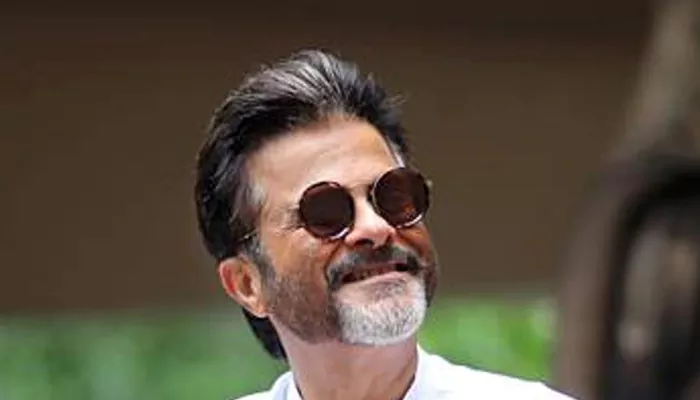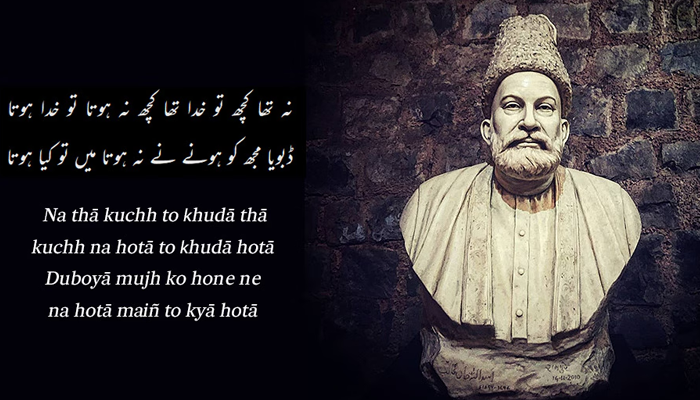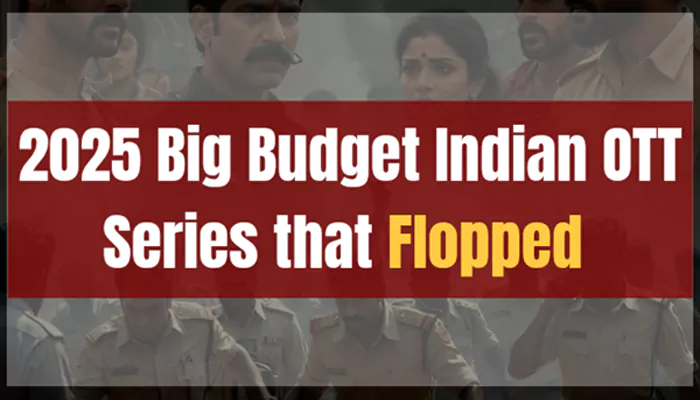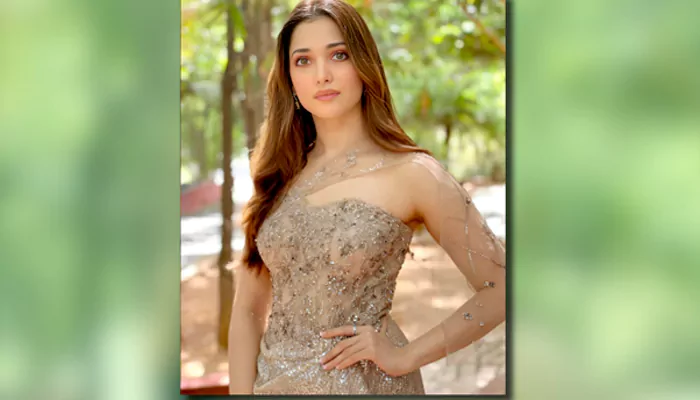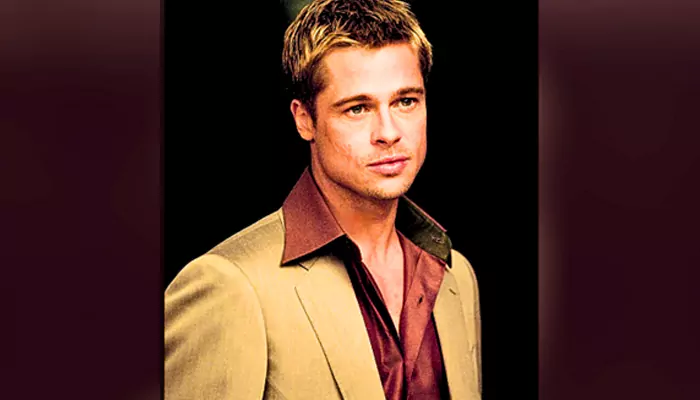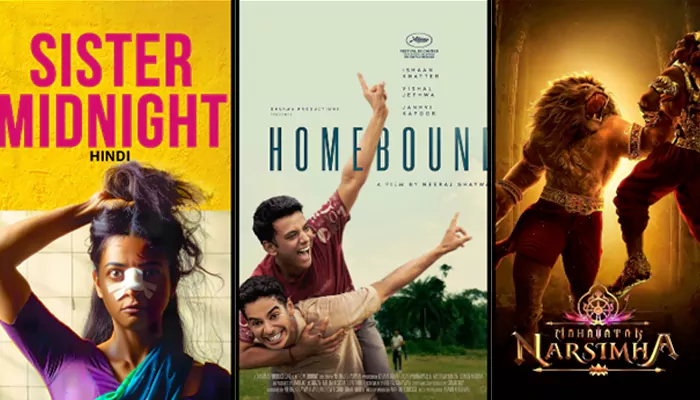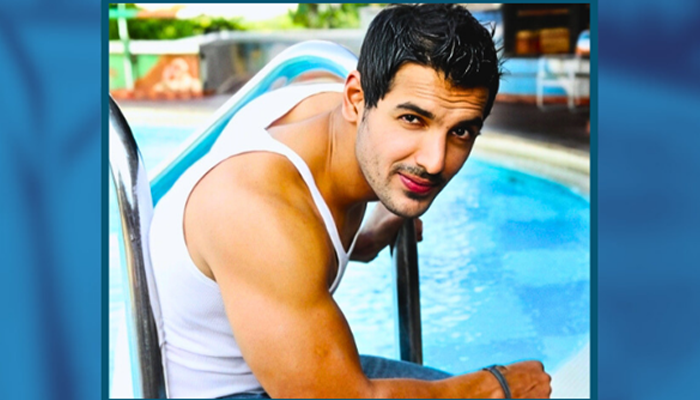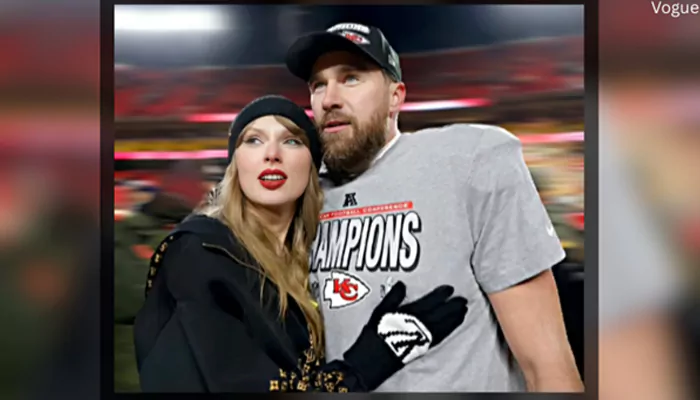From Nijinsky to Beyoncé: The Iconic Dancers Who Redefined Art, Culture, and Movement
- Devyani
- 4 months ago
- 4 minutes read
Michael Jackson performs during his HIStory World Tour concert in Vienna.
From ballet’s wild genius to pop’s queen of rhythm—meet the dancers who didn’t just move, but shook the world.
Dance isn’t just about steps—it’s about breaking rules, telling stories, and moving people (literally and emotionally). Over the last century, a handful of dancers have done more than perform; they’ve rewritten the rules of art, culture, and even society. Let’s take a whirlwind tour through some of the most game-changing movers and shakers.
The Rebel of Ballet: Vaslav Nijinsky

Marble Sculpture of dancer Vaslav Nijinsky
If ballet was a polite tea party, Nijinsky crashed it with a cannonball. This early 20th-century superstar didn’t just dance—he shocked. Known for his gravity-defying leaps (rumor has it he seemed to hang in mid-air), Nijinsky was the bad boy of the Ballets Russes.
His most infamous moment? The Rite of Spring (1913). The music was wild, the choreography primal, and the audience? Well, they rioted. Nijinsky’s raw, jagged movements shattered the delicate elegance of classical ballet, proving dance could be brutal, visceral, and utterly revolutionary.
The Cool Factor: Fred Astaire & Ginger Rogers

Fred Astaire & Ginger Rogers waxwork figure - grand opening of Madame Tussauds Hollywood.
Fast-forward to Hollywood’s golden age, where Fred Astaire and Ginger Rogers made tap dancing look like the coolest thing on earth. Sure, Fred was the technical wizard, but let’s not forget Ginger did everything he did—backwards and in heels.
Their films (Top Hat, Swing Time) weren’t just musicals; they were pure joy bottled into dance. Astaire brought smooth precision, Rogers brought sass, and together, they turned ballroom into something effortlessly chic. Their influence? Still everywhere—from Strictly Come Dancing to Bruno Mars’ retro swagger.
The Godfather of Pop: Michael Jackson

If dance had a Mount Rushmore, MJ’s fedora would be front and center. Michael Jackson didn’t just borrow from James Brown and Bob Fosse—he remixed moves into a whole new language. The moonwalk? Iconic. The Thriller zombie dance? Legendary.
But beyond the slick footwork, MJ made dance a global spectacle. His music videos were mini-movies, his live shows heart-stopping. He proved dance wasn’t just about skill—it was about storytelling, shock value, and sheer entertainment.
The Queen of Reinvention: Madonna

Madonna performs at the Quicken Loans Arena in Cleveland, Ohio on November 10, 2012.
Madonna didn’t follow trends—she set them. From voguing in Like a Prayer to the hypersexualized Express Yourself, her choreography was as bold as her music. She took underground club moves (like voguing, borrowed from Harlem’s ballroom scene) and blasted them into the mainstream.
Her secret? Always evolving. One minute she’s channeling Marilyn Monroe, the next she’s a futuristic dominatrix. Madonna didn’t just dance—she used movement to challenge norms, push boundaries, and own her power.
The Hip-Hop Revolution: Breakdancing & The Street Legends
In the 1970s and ‘80s, dance wasn’t just on stage—it was on sidewalks, in subway cars, anywhere with concrete and guts. Breakdancing (or b-boying) turned acrobatics into art, with crews like the Rock Steady Collective and New York City Breakers spinning, flipping, and freezing in ways ballet could never imagine.

This wasn’t just dance; it was rebellion, community, and raw talent. Today, you see its influence in everything from TikTok challenges to Olympic sports (yes, breaking is now an Olympic event!).
The Modern Powerhouse: Beyoncé

If anyone today carries the torch of dance as a cultural force, it’s Beyoncé. From Single Ladies’ fierce precision to Formation’s Black Southern swag, her choreography isn’t just fun—it’s meaningful. She blends jazz, hip-hop, African, and ballet into a style that’s unmistakably hers.
And let’s not forget her live performances. Coachella 2018? A masterclass in movement, paying homage to HBCU marching bands and Black dance history. Beyoncé doesn’t just perform—she celebrates, educates, and elevates.
Why These Dancers Matter
So what do all these dancers have in common? They didn’t just move—they changed things. Nijinsky broke ballet’s rules. Astaire and Rogers made dance glamorous. MJ turned it into global pop culture. Madonna weaponized it. Street dancers made it a voice for the unheard. And Beyoncé? She turned it into a movement—literally and socially.
Dance isn’t just entertainment. It’s identity, rebellion, joy, and sometimes, revolution. And as long as there are people willing to push boundaries, it always will be.

